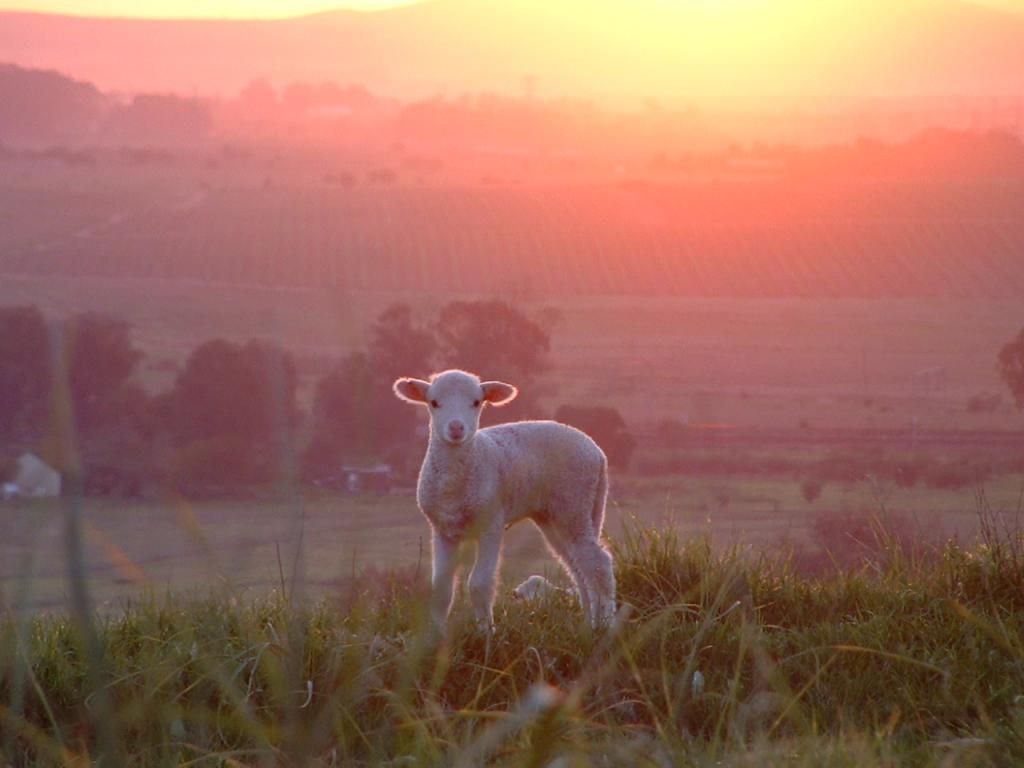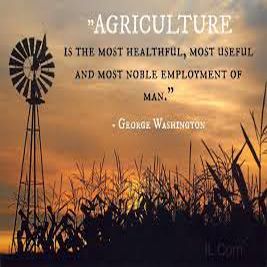As winter approaches in South Africa many
farmers believe that the worm problem associated with the humid and often hot
summer months will be drastically reduced with the decreasing temperatures.
While this may be true, winter is not without its worm challenges. This said,
flukes (conical and liver flukes), roundworms (Brown stomach worm, Bankrupt worm (Long necked), White bankrupt worm,
over wintering roundworm and nasal bots larvae’s are some of the worm burdens
your stock has to deal with during the winter period.
There is
increasing recognition that larvae arrest
in development as a result of prior experience of certain climatic or seasonal
influence, a phenomenon referred to as hypobiosis. Low or zero egg counts in winter is therefore
no assurance that there exists a low or no worm burden. These hypobiotic larvae
will continue from their arrested development when favourable environmental
conditions ensue:
·
During the
next spring or,
· When host (ewe)
immunity around the next lambing time is reduced – a “normal” occurring
phenomenon that we need to manage.
Winter is also a critical time for ewes, most
of whom are pregnant during a period often characterised by poor grazing quality
and harsh weather conditions. Ewes are required to maintain and grow the foetus
inside them – especially during the last third of pregnancy. Closer to term,
there is an increased nutrient requirement towards formation of colostrum. An increased
winter worm burden will, despite improved nutrition, erode on the ewe’s body
condition (fat reserves), increase the risk of poor oöcyte (egg) quality and
conception, decrease the quality of colostrum and put the newborn at risk.
Additionally, anaemia, poor growth and diarrhoea are also seen in winter due to
worm problems.
The fact pointed out above should make “pre-winter
strategic dosing” an essential component of any farm’s integrated parasite
management (IPM) system. Farms applying a “before winter strategic dosing” dose all their
animals usually in May, after the frost, when there is little or no re-infection
of the animals from the pasture.
 Using the correct remedy,
pre-winter strategic dosing should achieve the following:
Using the correct remedy,
pre-winter strategic dosing should achieve the following:
- Eliminate nasal bot larvae in the sheep
when there are no longer free living flies around that lead to
re-infestation. Pre-lambing dosing against nasal bots is important as we
need to ensure that the ewe can identify her lamb after birth by olfactory
means. Similarly, rams are more efficient in detecting ewes in oestrus
when nasal cavities are free of bots and the mucus secretion this
infestation causes
- Remove hypobiotic roundworm larvae
(positive egg count is therefore not a requirement for dosing).





























